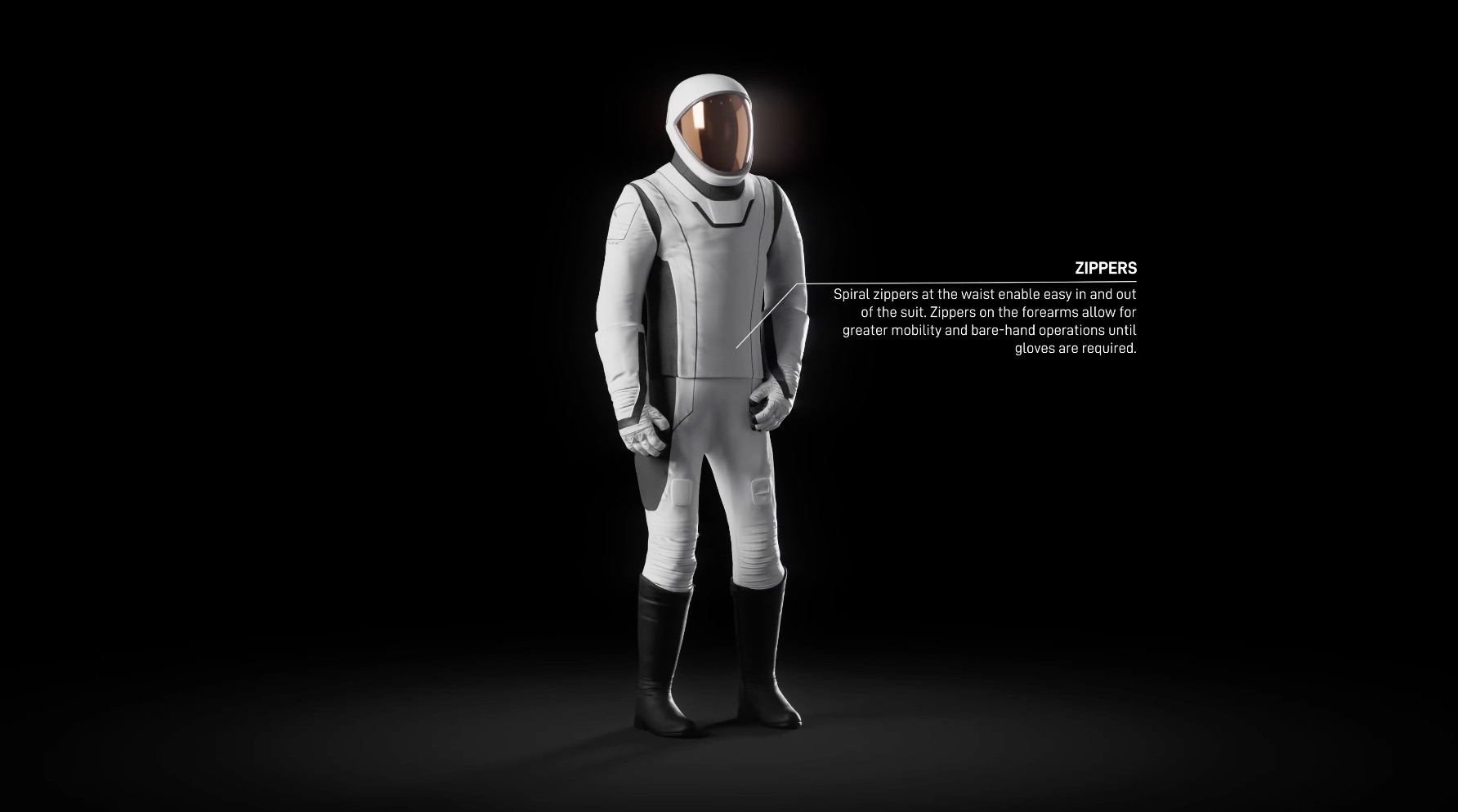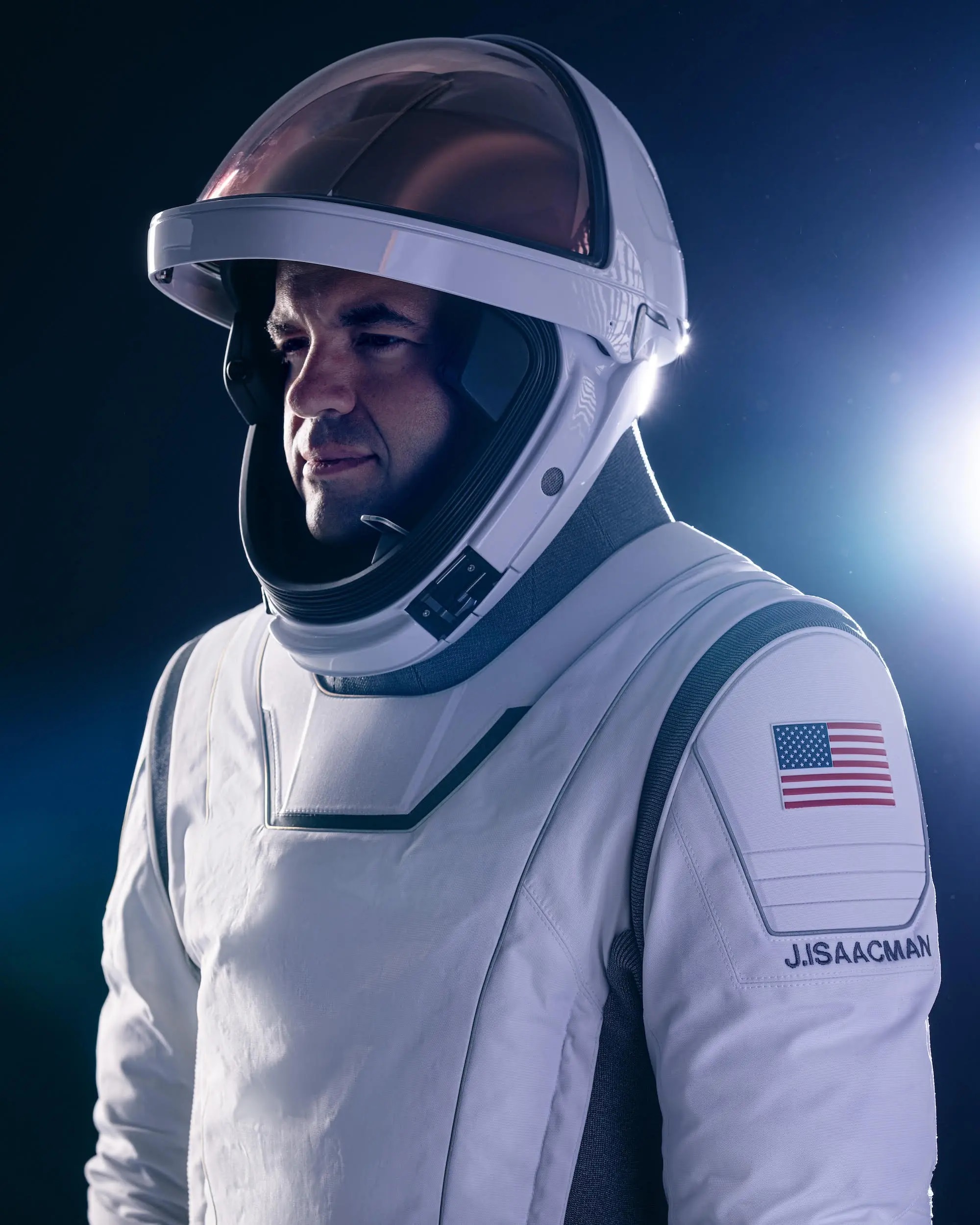Two astronauts with the SpaceX Polaris Dawn mission have carried out the first ever spacewalk by non-professional astronauts.
Space announced the achievement on Thursday, after billionaire Jared Isaacman (CEO of payments processing firm Shift4) and SpaceX’s Sarah Gillis carried out the extravehicular activity (EVA) – from Dragon at 738 km above the Earth’s surface.
A spacewalk or EVA is considered to be one of the most dangerous missions in space, and this latest mission was even more so, considering there was no airlock in the Dragon capsule, which meant that all four crew had to wear and test the slimmed-down spacesuits designed by SpaceX.
SpaceX and the Polaris Dawn crew have completed the first commercial spacewalk!
“SpaceX, back at home we all have a lot of work to do, but from here, Earth sure looks like a perfect world.” — Mission Commander @rookisaacman during Dragon egress and seeing our planet from ~738 km pic.twitter.com/lRczSv5i4k
— Polaris (@PolarisProgram) September 12, 2024
First commercial EVA
Typically spacewalks are only carried out by professional astronauts that have received years of training from well funded governments or space agencies.
SpaceX said that the crew began preparations for the spacewalk shortly after Tuesday 10 September liftoff on a Falcon 9 rocket from NASA’s Kennedy Space Center in Florida.
The Dragon and the Polaris Dawn crew will spend up to five days in orbit in total, but the “two-day pre-breathe process is designed to prevent decompression sickness by slowly acclimatising the crew to lower pressures while slowly increasing oxygen levels within the spacecraft’s cabin.”
On Thursday once that process was complete, the crew began preparations for the spacewalk, which included donning their EVA suits, completing suit leak checks, and venting Dragon down to vacuum.

After opening the hatch, the Polaris Dawn crew became the first four astronauts to be exposed to the vacuum of space at the same time, hundreds of miles above Earth and orbiting at close to 30,000km/h (18,600mph).
SpaceX said that over the next 20 minutes, Commander Jared Isaacman and Mission Specialist Sarah Gillis each exited the vehicle, completed a series of tests designed to evaluate the suit’s mobility, thermal systems and the Dragon mobility aid “Skywalker” before returning to the cabin and closing the hatch.
“Back at home we all have a lot of work to do, but from here Earth sure looks like a perfect world,” said 41-year-old Isaacman, as he stood on a ladder looking down at Earth’s surface.

Image credit SpaceX
Mission Pilot Scott “Kidd” Poteet and Mission Specialist and Medical Officer Anna Menon monitored vital support systems throughout the operation.
Once the hatch was closed, Dragon was re-pressurised, cabin oxygen and pressure levels confirmed, and the crew was able to remove their EVA suits, officially completing the suit testing alongside the first commercial spacewalk and the first EVA from a Dragon spacecraft.
The new SpaceX suits are a much less bulky version of the traditional much thicker NASA suit.
ISS disposal
SpaceX aims to take astronauts to the moon and eventually Mars, but its first objectives may be closer to home.
In June SpaceX won a lucrative contract to destroy the International Space Station (ISS) when it reaches the end of its operational life.
It was designed in the 1980s and constructed between 1998 and 2011.
The ISS is the largest space station ever constructed, and is the size of a football pitch.
But as the ISS ages, it is becoming more difficult and costly to maintain, and is difficult or sometimes impossible to upgrade.
The end of the operational lifespan of the ISS has been slated for 2030, but it could last years beyond that.
The United States, Japan, Canada, and the participating countries of ESA have committed to operating the ISS through 2030. Russia has committed to continued station operations through at least 2028.
The safe deorbit of the International Space Station is the responsibility of all five space agencies.
The harsh reality is that it is more cost effective for NASA to utilise a new facility from a third party, as space stations are currently being developed by a number of commercial entities.
The Jeff Bezos space venture Blue Origin is planning its own station known as Orbital Reef, and is working with Sierra Space, Boeing and Amazon.
Axiom Space meanwhile is said to be developing its Axiom Station, and Voyager Space also has its Starlab complex in development.
Meanwhile Vast Space plans to launch its Haven-1 module to orbit in 2025.




